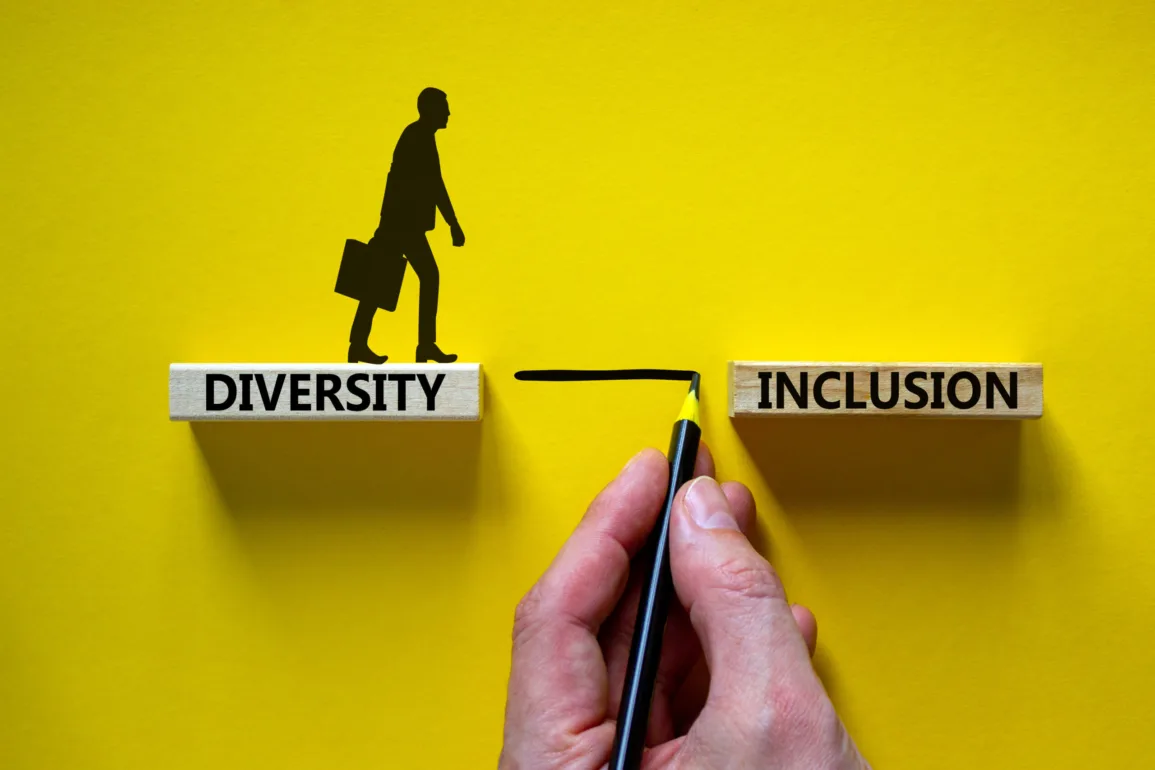
Several suits filed on behalf of White workers following the US Supreme Court’s decision outlawing affirmative action in higher education are banking on a Civil War-era statute guaranteeing equal rights to Black Americans to challenge the legality of corporate diversity, equity, and inclusion policies.
The discrimination cases have been filed in recent weeks under Section 1981 of the 1866 Civil Rights Act, rather than the more traditional route, Title VII of the 1964 Civil Rights Act. They include a lawsuit filed Tuesday against Morgan Stanley & Co. LLC over the termination of a White male employee who claimed he was being replaced by a Black woman to comply with the firm’s diversity objectives.
The American Alliance for Equal Rights, a nonprofit founded by conservative activist Edward Blum, who brought the Supreme Court affirmative action challenges, has also filed three of its own Section 1981 cases. Two target diversity fellowships at law firms Perkins Coie LLP and Morrison & Foerster LLP, and the other claims that an Atlanta-based venture capital fund engaged in “explicit racial exclusion” by providing grants and resources to Black women who run small businesses.
Use of Section 1981 for discrimination claims allows the plaintiffs to proceed more efficiently, as they can skip first filing charges with state or federal civil rights agencies. But the mostly male and White plaintiffs in these suits will face obstacles to bringing their bias claims under the statute when it comes to proving standing and meeting burdens of proof, employment attorneys said.
“They are trying to circumvent all the administrative procedures required under Title VII and just go for the juggernaut by using Section 1981,” said American University law professor Susan D. Carle.
Quicker Litigation Route
Reconstruction-era Section 1981 “was written to correct past wrongs against Black and African-American citizens with respect to contractual and business relationships,” said Angela Reddock-Wright, founder and managing partner of the Reddock Law Group.
“The fact that those pursuing these lawsuits would use the law” are undermining “the legislative history and underlying intent of the law,” she said.
However, White litigants do have a track record of using it to allege workplace bias. The Supreme Court’s 1976 McDonald v. Santa Fe Trail Transportation decision held that Section 1981 protects Americans from employment discrimination regardless of their race, color, or ethnicity.
Section 1981 is broader than Title VII and can be invoked against employers with less than 15 employees and target individual supervisors.
Under Title VII, a plaintiff can recover only up to $300,000 in compensatory and punitive damages total, while Section 1981 has no cap.
Nine Black Glow Networks Inc. employees and a White co-worker last year won a $70 million a jury verdict in a race bias and retaliation suit they filed under 1981.
Another key reason for choosing Section 1981 is timing. A charge can take up to 180 days to move through the US Equal Employment Opportunity Commission before being permitted to proceed in court.
“For political and media purposes, these groups wanted to get lawsuits filed quickly,” said Adam Pulver, a worker’s side attorney at Public Citizen Litigation Group. “By pursuing it under 1981 solely and not Title VII, they were able to do that because Title VII has an exhaustion requirement.”
Reed D. Rubinstein, a senior counselor at America First Legal, which has urged the EEOC to investigate DEI programs for discrimination, said that while the underlying premise of both Section 1981 and Title VII is the same, “in some respects Title VII is easier” to pursue litigation under because “the outer boundaries of 1981 haven’t been tested, certainly not as much.”
Standard of Proof
Despite their differences, federal courts have generally analyzed claims under both Section 1981 and Title VII by using the three-part burden-shifting framework set out in the Supreme Court’s 1973 ruling in McDonnell Douglas Corp. v. Green.
Under this structure, a plaintiff would first make an initial showing of discrimination as a result of the DEI program, then the employer would have to give a legitimate reason for its actions. Employer-side attorneys have argued in challenges to DEI programs that they create a more inclusive work environment and abandoning them would exacerbate existing racial inequalities, exposing the company to liability.
The worker would then have to challenge such a defense as a pretext hiding bias.
The Supreme Court’s 2020 Comcast v. National Association of African American-Owned Mediadecision established a “but-for” causation test to prove a Section 1981 claim. This requires plaintiffs to show that race was the central cause—as opposed to merely a motivating factor—of the action being challenged.
This may make Section 1981 cases tougher to prove, though the new standard hasn’t been widely tested in courts yet.
Establishing standing—which requires in part that plaintiffs show they experienced a harm in order to sue— is another possible roadblock.
It might be hard for plaintiffs that are organizations, like the American Alliance for Equal Rights, to prevail in lawsuits challenging corporate DEI programs because they haven’t identified anyone whose application with the defendants got denied, according to Katy Youker, an attorney with the Lawyers’ Committee for Civil Rights Under Law.
“A lot of these cases are getting thrown out on standing grounds because you have to show someone was actually harmed because of discrimination,” Youker said.
Standing Questions
In one such case, Do No Harm, an advocacy group, filed under Section 1981 claiming that Pfizer Inc.’s diversity fellowship program discriminates against White and Asian-American applicants. The lawsuit was dismissed in December after a New York federal district court found that the plaintiff failed to identify at least one member by name who is or will be affected by the alleged bias.
Do No Harm is arguing on appeal at the US Court of Appeals for the Second Circuit that it has associational standing to sue on behalf of its members.
In the university affirmative action cases, Carle said the Supreme Court agreed that the plaintiffs, Students for Fair Admissions, could bring their lawsuit because the group qualifies as a “genuine membership organization” with identifiable members and can therefore invoke the organizational standing doctrine.
“I don’t think standing will be a big problem here,” she said of the lawsuits by Blum’s group.
The fellowship programs are only offered to members of marginalized groups, so the plaintiffs have a “really good argument to make that it’s going to be futile” for a White applicant to apply, Carle added.
But even if many of the growing discrimination challenges under Section 1981 fail to gain momentum in court, their very existence could have a chilling effect on company DEI efforts.
“To the extent that employers are worried about even getting sued, I think just bringing the lawsuits is going to successfully change employer behavior,” said Marsha McCormick, an employment law professor at Saint Louis University School of Law.
To contact the reporters on this story: Riddhi Setty in Washington at rsetty@bloombergindustry.com; Khorri Atkinson in Washington at katkinson@bloombergindustry.com



